
Ethylene Oxide Sterilization Residuals in Medical Devices
Ethylene oxide (EO) is a widely used chemical sterilizing agent, and EO sterilization is one of the most common methods in the medical device industry. During the sterilization process, gaseous EO reacts with biological macromolecules, such as proteins and nucleic acids within microbial cells, through physical and chemical interactions. This reaction damages the structure and function of the cells, resulting in sterilization, which has a broad range of effectiveness. EO's strong penetration ability, low sterilization temperature, and minimal impact on products (compared to radiation sterilization) make it one of the mainstream sterilization methods for medical devices, particularly for single-use devices. It is widely used both domestically and internationally.
Since sterilization is a special process, process validation is a crucial step in ensuring sterility. EO sterilization validation methods include half-cycle methods, partial negative methods, and others, each focusing on different aspects. However, all methods involve basic considerations such as microbial challenge devices, EO residuals, and product family categorization. When determining the suitability of EO sterilization for medical devices, the key factor is ensuring that the residual levels of EO, ethylene chlorohydrin (ECH), and ethylene glycol (EG) pose minimal risk to patients during normal product use. Therefore, testing the residual amounts of EO sterilization is critically important.
Common Standards for Testing EO Sterilization Residuals in Medical Devices
1. ISO 10993-7:2008 – Biological evaluation of medical devices, Part 7: Ethylene oxide sterilization residuals (International Standard).
2. GB/T 16886.7-2015 – Biological evaluation of medical devices, Part 7: Ethylene oxide sterilization residuals (National recommended standard, equivalent to ISO 10993-7:2008).
3. EN ISO 10993-7:2008 – Biological evaluation of medical devices, Part 7: Ethylene oxide sterilization residuals (European Standard).
4. GB/T 14233.1-2022 – Test methods for infusion, transfusion, and injection medical devices, Part 1: Chemical analysis methods (National recommended standard).
5. YY 0290.8-2008 – Ophthalmic optics - Intraocular lenses, Part 8: Fundamental requirements (Pharmaceutical industry standard).
6. Jiangsu Province Guidelines for Self-Inspection and On-Site Inspection of Ethylene Oxide Residuals (Gas Chromatography Method) in Medical Devices (Trial) – Local standard.
Key Considerations for EO Sterilization Residual Testing in Medical Device Products
1. Testing Components: Testing consists of two parts: extraction and instrument measurement.
2. Extraction Process: The extraction conditions—such as extraction method, sampling method, extraction time, temperature, and solvent volume—are determined based on the standard and the actual use of the product. The instrument measurement part is fixed.
3. Special Requirements: If there are special requirements (e.g., specific testing time or designated testing locations), these can be accommodated within the standard. If they conflict with the standard, deviations need to be documented and justified.
Permissible EO Sterilization Residual Limits in Medical Device Products
- Permanent Contact Devices (Max Dose)
Ethylene Oxide (EO):
- ≤ 4 mg (first 24 hours)
- ≤ 30 mg (first 30 days)
- ≤ 2.5 g (lifetime)
Ethylene Chlorohydrin (ECH):
- ≤ 9 mg (first 24 hours)
- ≤ 60 mg (first 30 days)
- ≤ 10 g (lifetime)
- Long-Term Exposure Devices (Max Dose)
Ethylene Oxide (EO):
- ≤ 4 mg (first 24 hours)
- ≤ 30 mg (first 30 days)
- ≤ 2.5 g (lifetime)
Ethylene Chlorohydrin (ECH):
- ≤ 9 mg (first 24 hours)
- ≤ 60 mg (first 30 days)
- Short-Term Contact Devices (Max Dose)
Ethylene Oxide (EO):
- ≤ 4 mg (first 24 hours)
Ethylene Chlorohydrin (ECH):
- ≤ 9 mg (first 24 hours)
- Surface Contact Devices and Implants (Max Dose)
Ethylene Oxide (EO):
- ≤ 10 μg/cm²
Ethylene Chlorohydrin (ECH):
- ≤ 5 mg/cm²
Note: cm² refers to the surface area of the patient-device interface. Other special devices, such as intraocular lenses or blood cell separators, may have different regulations.
Services Offered
1. Assisting customers in completing process impurity identification and supporting process optimization-related testing.
2. Providing qualitative and quantitative impurity analysis services required by ICH Q6B, with the development of highly sensitive methods (ppm/ppb level).
3. Method validation in accordance with ICH Q2A guidelines to monitor batch-to-batch variations and support GMP batch release testing.
Email:hello@jjrlab.com
Write your message here and send it to us
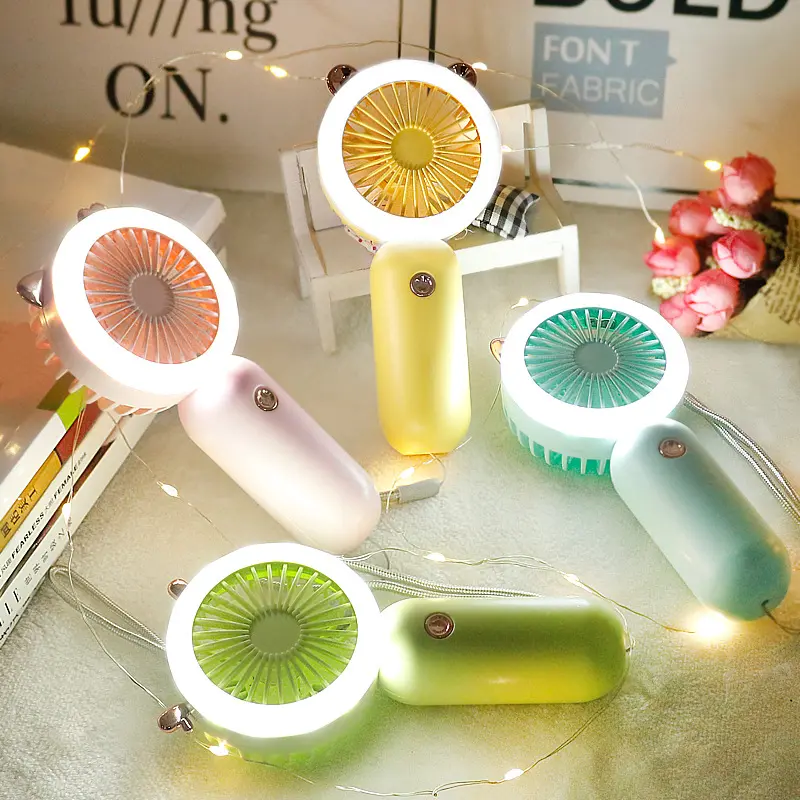 FCC Certification Fees for Handheld Fans
FCC Certification Fees for Handheld Fans
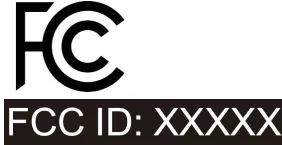 FCC Certification Testing for Smart Lighting Produ
FCC Certification Testing for Smart Lighting Produ
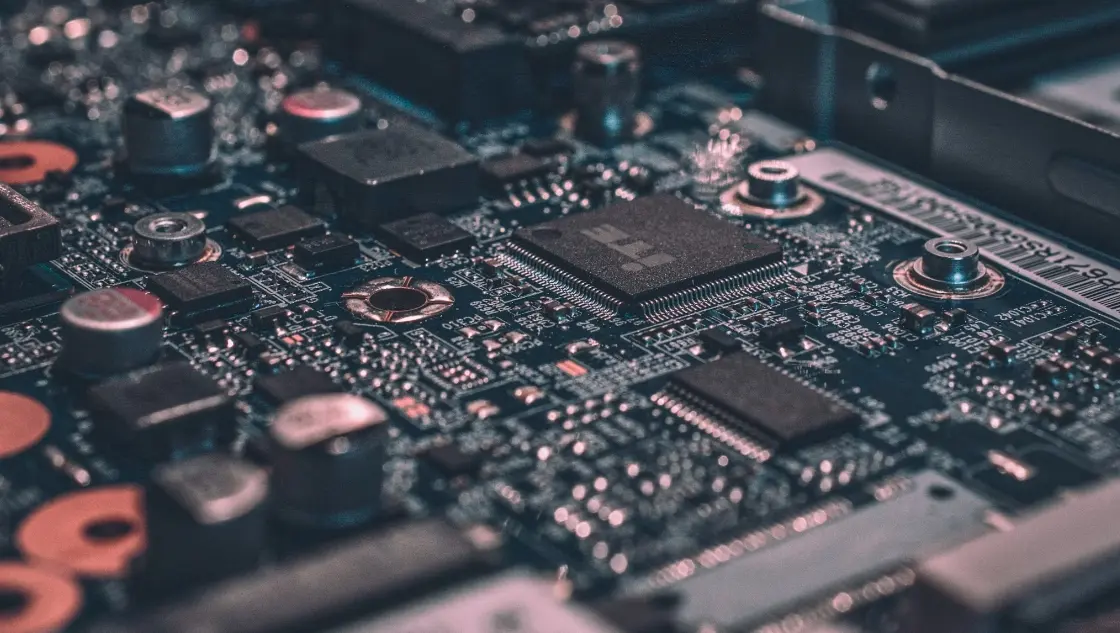 What is the ETSI EN 303 645 Testing Standard?
What is the ETSI EN 303 645 Testing Standard?
 UL Compliance and ETL Certification for LED Lighti
UL Compliance and ETL Certification for LED Lighti
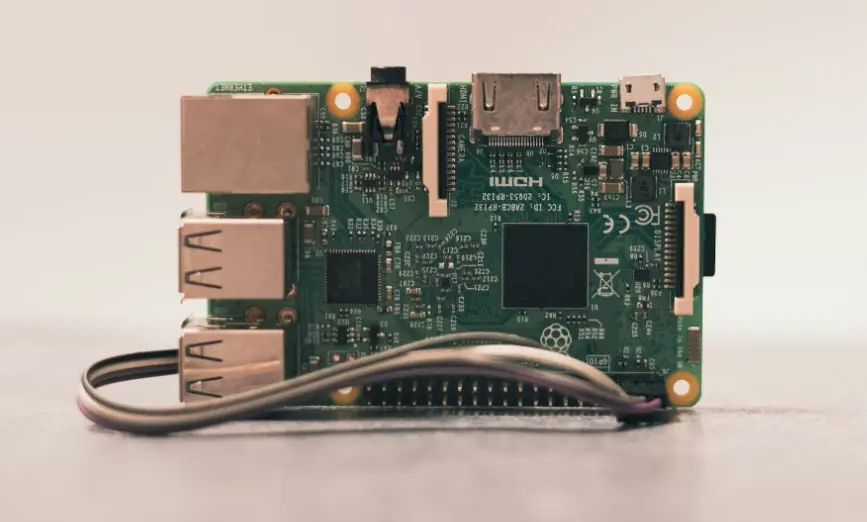 What is the IEC 60598 Standard?
What is the IEC 60598 Standard?
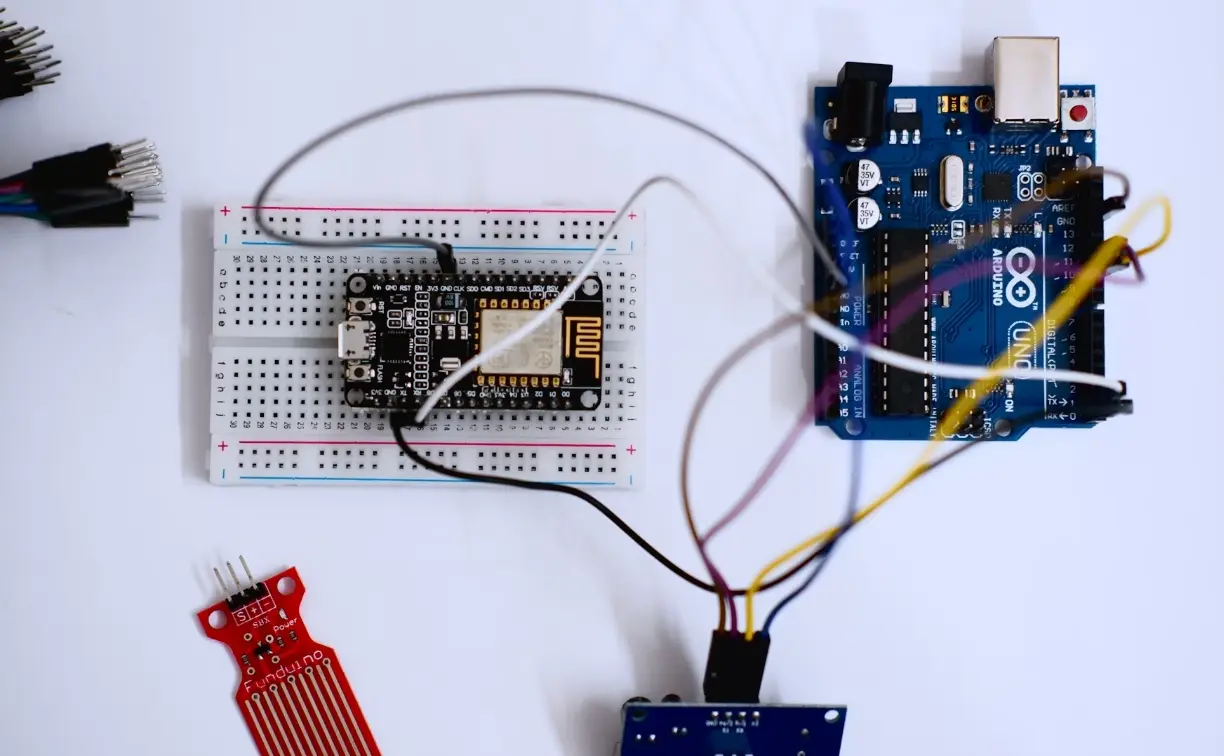 What is the Canada IC Logo?
What is the Canada IC Logo?
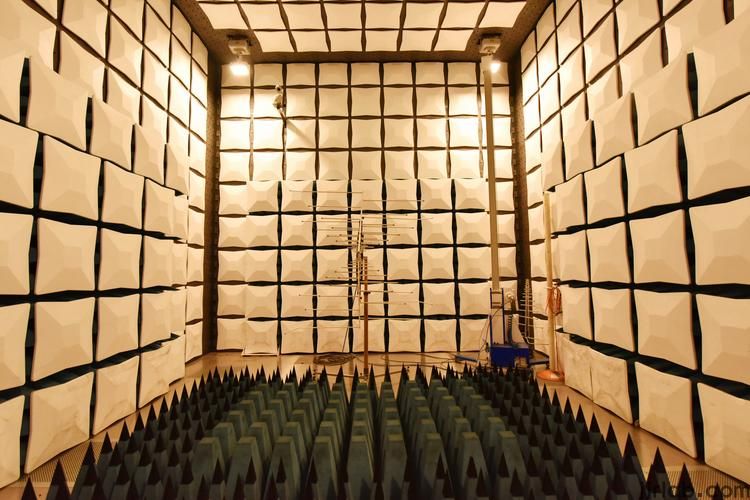 EMC Pre Compliance Testing
EMC Pre Compliance Testing
 PAHs Testing (Food and Textile)
PAHs Testing (Food and Textile)
Leave us a message
24-hour online customer service at any time to respond, so that you worry!




